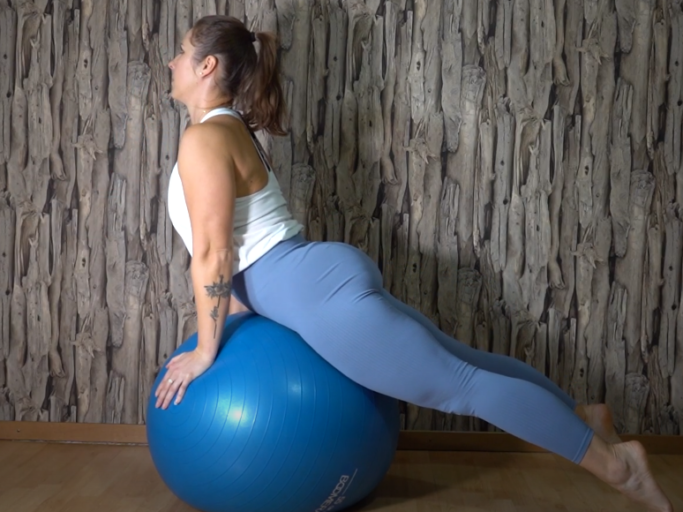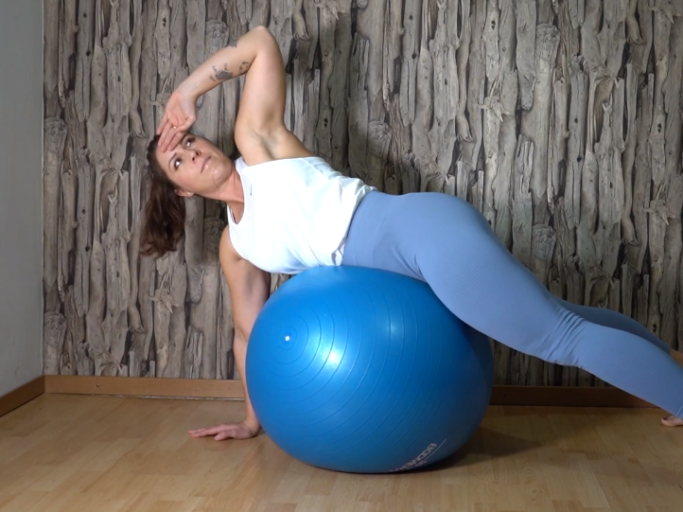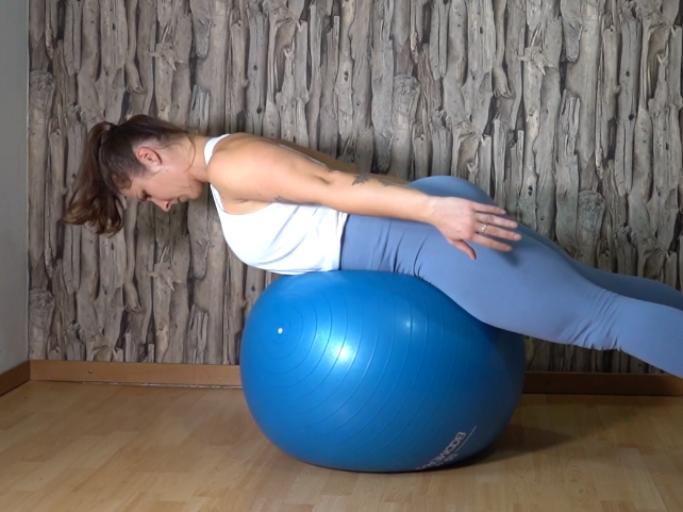BEST FITBALL EXERCISES FOR LOWER BACK PAIN
Strengthen Your Lower Back with These Effective Fitball Exercises
Low back pain is a common ailment that can significantly impact one’s daily life. While there are various causes for backache, including poor posture, improper lifting techniques, obesity, sedentary lifestyle, and mild trauma from athletic activities, finding effective treatment options is crucial. In this comprehensive guide, we will explore the use of exercise balls as an economically friendly and beneficial tool for addressing lower back pain, weakness, and inflexibility.
Exercises for the lower back performed on a fitball, also known as an exercise ball or stability ball, offer several benefits. Here are some key advantages:
1. Core Strengthening:
This kind of exercises engage the deep core muscles, including the abdominals, obliques, and back muscles. These exercises require stabilization and balance, activating the core muscles to maintain proper posture and alignment. Strengthening the core muscles helps to support the spine and reduce the strain on the lower back, leading to improved stability and reduced back pain.
2: Improved Spinal Alignment:
Fitball exercises promote proper spinal alignment by encouraging an upright posture. The instability of the ball forces the body to constantly make small adjustments to maintain balance, which engages the muscles surrounding the spine. This helps to correct postural imbalances, alleviate excessive stress on the lower back, and improve overall spinal alignment.
3: Increased Flexibility and Range of Motion:
Stability ball exercises involve a combination of stretching and dynamic movements, which help improve flexibility and increase the range of motion in the lower back. These exercises target the muscles and soft tissues in the back, promoting relaxation, reducing muscle stiffness, and enhancing mobility. Improved flexibility can alleviate tightness and discomfort in the lower back.
4: Enhanced Proprioception and Body Awareness:
Exercising on a fitball requires coordination and body awareness. The instability of the ball challenges the body to maintain balance, stimulating the proprioceptive system. Over time, this can improve proprioception (the body’s ability to sense its position in space) and enhance overall body awareness. Improved proprioception can lead to better movement control and reduced risk of injury to the lower back.
5: Low-Impact Exercise:
Stability ball exercises are generally low-impact, meaning they are gentle on the joints and spine. The ball provides a supportive surface while still allowing for controlled movement. This makes fitball exercises suitable for individuals with back pain or those who prefer low-impact activities. It allows for strengthening and conditioning the lower back muscles without placing excessive stress on the spine.
6: Versatile and Varied Workouts
Fitballs offer a wide range of exercise options, allowing for a varied and comprehensive workout routine. You can perform exercises such as bridges, pelvic tilts, back extensions, seated twists, and more. This variety helps to target different muscle groups in the lower back, providing a well-rounded approach to strengthening and improving the function of the back.
Press your palms into the Fitball and try to lift your upper body , actively pushing away to lengthen your spine and create space in your shoulders. Allow your head to relax between your arms, avoiding any tension in your neck. Take slow, deep breaths, allowing your body to stretch and elongate in this pose. Hold the downward facing dog position for a few breaths or as long as feels comfortable for you.
In the small elevation and activation of the lumbar area, without lifting the chin from the chest, try to do the extensions of the arms, without raising the shoulders towards the ears.
In the plank position, place one hand at ear level and try to rotate the upper body towards the ceiling. Keep your shoulders away from your ears and lift your upper body as you rotate.
Hugging the ball with your knees bent and your hands under your forehead, try to raise your upper body while extending your knees and keeping your eyes downward.
In the plank position with the ball under the abdomen, first extend one arm and once you have controlled your balance, extend the opposite leg. It is not a question of raising it a lot, it is more like pulling the leg and arm, a feeling of lengthening it.
Hug the ball with your hands under your forehead and your knees bent. When stretching your legs, try to raise your trunk with your gaze towards the floor and bring your arms out towards your heels.
From the plank position, try to raise your elbows to the ceiling at 90 degrees while lifting your upper body, with your chin tucked in and your shoulders away from your ears.
Try to raise both arms toward the ceiling with your neck long and shoulders back. Mobility will allow you to lift to a certain point. Don’t forget to activate your lower back, i.e. raise it a little as you raise your arms.










